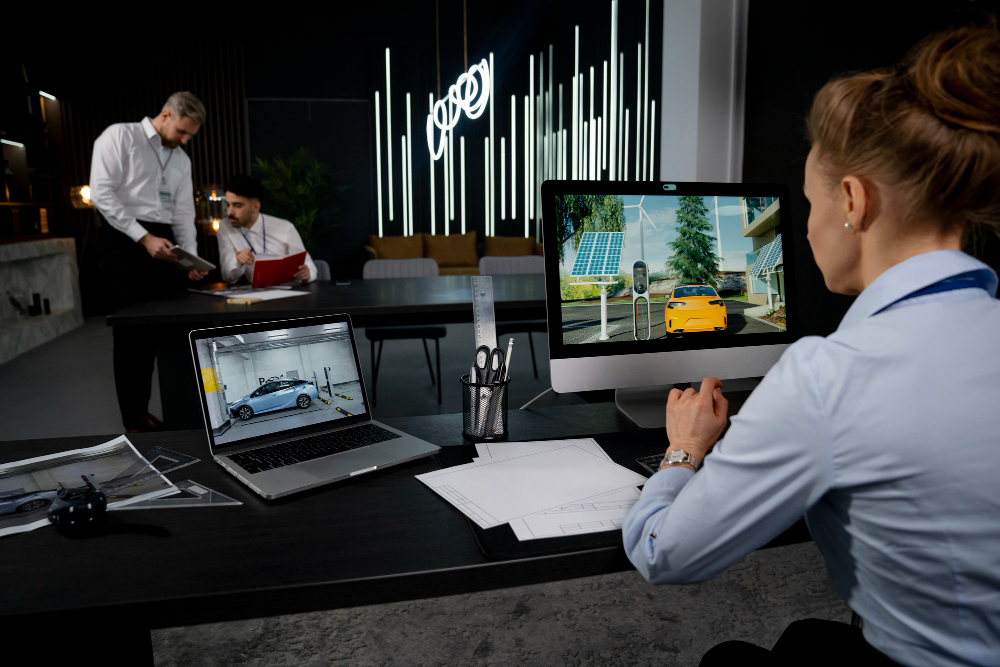Due to the increasing prevalence of video recording devices and surveillance cameras, the field of video forensics has gained prominence in recent years. The process of analyzing and improving video footage for use in investigations, legal proceedings, and other applications is known as video forensics. In this article, we will investigate the force of video forensics in upgrading reconnaissance and security, including its capacity to give significant proof in criminal cases, distinguish and forestall terrorist assaults, and work on public wellbeing.
Enhancing Public Safety with Video Forensics
One of the essential utilizations of video forensics is in criminal examinations. Video evidence can be very important in identifying suspects and tying them to particular crimes. A variety of methods, such as visual analysis, facial recognition software, and other cutting-edge technologies, are used in video forensics.
In a new case in California, video legal sciences assumed a pivotal part in distinguishing and capturing a suspect in a quick in and out mishap that had been caught on camera. Within a few days, investigators were able to identify the suspect and locate him by analyzing the footage and employing facial recognition software.
Utilizing Video Forensics to Identify and Prevent Terrorist Attacks
Terrorist attacks can also be detected and avoided with the help of video forensics. Video propaganda has become an increasingly important tool for terrorist groups in promoting their cause and acquiring new members. Intelligence agencies can use video forensics to locate the people who made and distributed these videos and determine where they came from.

For instance, in the outcome of the 2015 terrorist attack in Paris, video forensics was utilized to recognize and find the instigator of the assaults. The suspect’s identity was initially unknown, despite the fact that he had been caught on camera at a variety of locations throughout the city. By examining the recording and utilizing facial acknowledgment programming, agents had the option to distinguish the suspect and find him in a condo in the Parisian suburb of Saint Denis.
Utilizing Video Forensics to Improve Public Safety
Video forensics can also be used in a number of other ways to improve public safety. Reconnaissance cameras in broad daylight places, for example, air terminals, train stations, and sports arenas can be utilized to screen swarms and identify dubious ways of behaving. By providing real-time analysis of the footage, spotting potential threats, and prompting security personnel to take action, video forensics can enhance this surveillance.
One more illustration of how video forensics can improve public wellbeing is through its use in traffic enforcement. Red light cameras and speed cameras have been installed in many cities to discourage traffic violations. Video forensics can assist with working on the exactness of these cameras by examining the recording and deciding the specific speed of a vehicle or the exact second when a traffic light becomes red. This may assist law enforcement in issuing citations that are more accurate and equitable, increasing traffic safety as a whole.
Difficulties and Impediments of Video Forensics
Video forensics has many advantages, but it also has difficulties and limitations. The sheer volume of video footage produced by surveillance cameras and other recording devices is one of the main obstacles. This footage can be difficult to analyze and process, requiring specialized video enhancement software and hardware as well as a lot of time and resources.
The possibility of bias or error in the analysis of video footage is another obstacle. There is always a chance of misinterpreting someone’s behavior or misidentifying them, even with the most cutting-edge technology.
